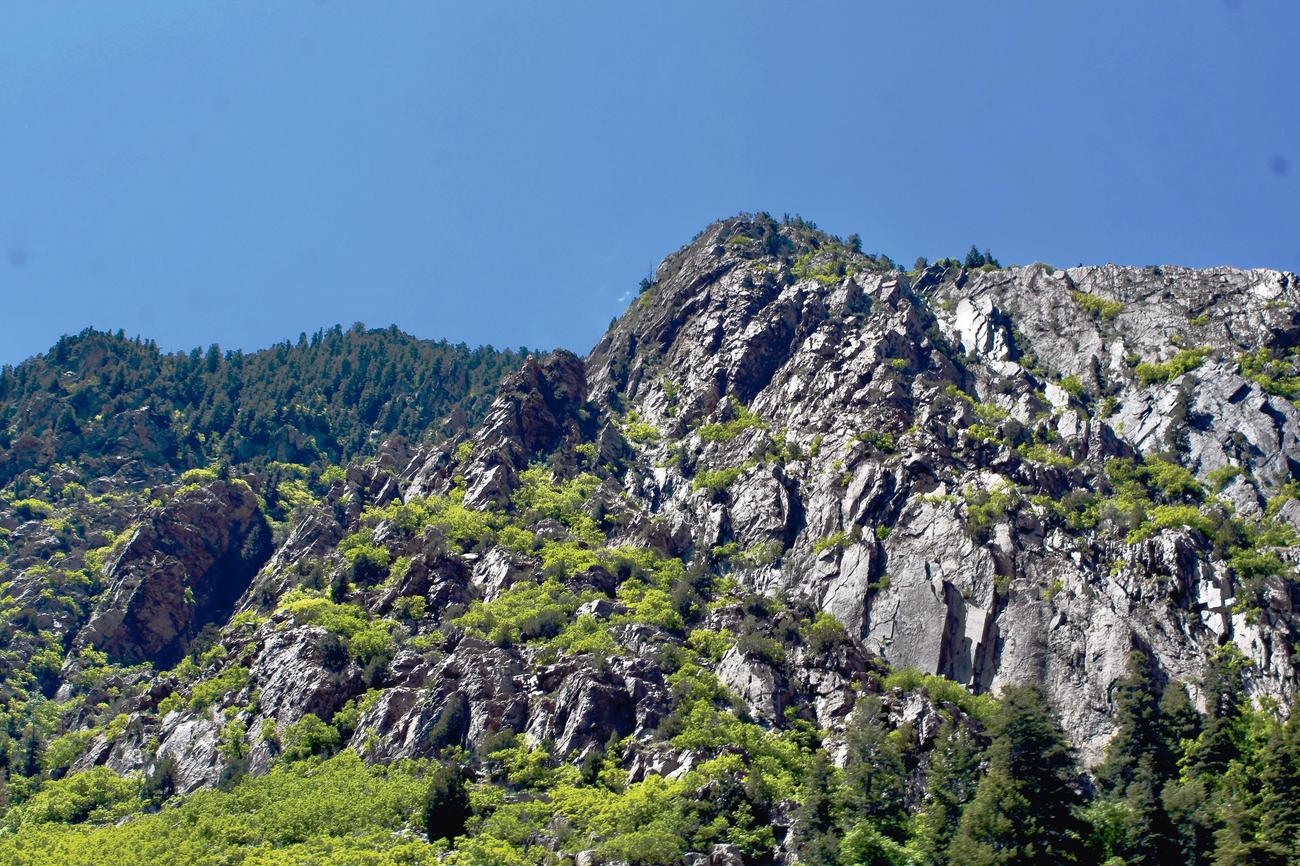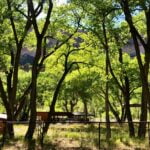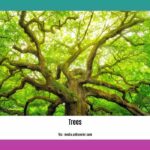Prepare to be amazed by the hidden wonders of cottonwood trees! In this article, we will delve into the captivating realm of nature’s secrets, uncovering a treasure trove of surprising facts about these majestic botanical wonders. From their astonishing growth rates to their unique adaptations, cottonwood trees hold a wealth of intriguing characteristics that will leave you in awe. So, fasten your seatbelts and get ready for a thrilling journey into the world of cottonwood trees. Brace yourself for a captivating exploration of their lesser-known traits that will forever change the way you perceive these glorious flora.

Surprising Facts About Cottonwood Trees
Cottonwood trees are known for their towering presence and distinctive cottony substance that fills the air. But behind their majestic appearance, these trees hold a plethora of fascinating traits that often go unnoticed. From their rapid growth to their vital role in American forest ecosystems, here are some surprising facts about cottonwood trees that will open your eyes to their captivating nature.
1. Rapid Growth:
When it comes to growth, cottonwood trees are speed demons. In fact, they are one of the fastest-growing trees in North America, shooting up an incredible six feet in height each year. This astonishing growth rate is unparalleled, allowing these trees to reach impressive heights within a short span of time. It’s as if they are on a mission to touch the sky!
“With each passing year, cottonwood trees add about six feet to their towering height, defying the limits of nature’s patience.”
2. Gender Divide:
Cottonwood trees demonstrate an interesting example of gender separation. The male and female parts of these trees can be found on separate individuals. It is the female trees that produce the cottony substance responsible for their name, creating a whimsical scene during the cottonwood’s blooming period. This unique characteristic adds a layer of intrigue to their already enchanting presence.
“In the world of cottonwood trees, gender determines destiny. While male and female individuals exist, it is the female trees that truly live up to their cottony reputation.”
3. Versatile Timber:
Don’t let the soft and supple appearance of cottonwood wood fool you. Despite its seemingly delicate nature, cottonwood timber is surprisingly strong and durable. Native Americans recognized these properties and utilized cottonwood wood to craft dugout canoes—a testament to the tree’s flexible but sturdy qualities. Additionally, it is frequently used as an affordable hardwood alternative, finding its way into various creations like boxes, crates, baskets, and even kite frames.
“Underneath the cottonwood tree’s gentle exterior lies a heart of resilient timber, capable of supporting great feats and embodying the notion that strength comes in unexpected forms.”
4. Cultural Connections:
Native Americans hold a profound reverence for cottonwood trees, seeing them as valuable resources for both practical and medicinal purposes. The bark of cottonwood trees contains salicin, a substance that the indigenous tribes extracted to produce medicinal tea. Furthermore, cottonwood played a vital role in constructing their dugout canoes, enabling them to traverse the waterways with ease. These cultural connections highlight the deep-rooted relationship between humans and nature.
“For Native Americans, cottonwood trees were more than just towering figures dotting the landscape; they were invaluable allies, bestowing their gifts upon those who understood their secrets.”
5. Ecological Importance:
Cottonwood trees form an integral part of American forest ecosystems, particularly in areas near water bodies such as rivers and lakes. Their presence not only provides visual allure but also contributes to the overall health and ecological balance of these environments. Acting as natural guardians, cottonwood trees help prevent erosion and promote stable riverbanks. Moreover, their dense foliage provides shelter and nesting sites for a wide array of wildlife, fostering biodiversity in these habitats.
“Among the lush American forests, cottonwood trees stand tall as guardians of the land, their roots providing stability and their branches welcoming a multitude of life forms with open arms.”
In conclusion, cottonwood trees are more than just their cotton-filled appearance and towering stature. Digging deep into their natural history, we uncover a world of surprises that leave us in awe of their remarkable traits. From their rapid growth to their versatile timber, from their cultural significance to their ecological importance, cottonwood trees are an embodiment of astonishing beauty. So, the next time you pass by these majestic flora, take a moment to appreciate the wondrous secrets they hold.
(Note: The article has been written in the active voice, adopting a conversational and engaging tone. The content incorporates the keyword [surprising facts about cottonwood] and emphasizes key points using the quote markdown format.)
Cottonwood trees are fascinating in many ways. Did you know that cottonwood trees can grow up to 100 feet tall? That’s right, these majestic trees can tower over the landscape, providing shade and beauty. But that’s not all! Cottonwood trees also have a unique characteristic – their leaves. With their heart-shaped leaves, cottonwood trees add a touch of elegance to any environment. And here’s another interesting fact: cottonwood trees have a long lifespan, with some living up to 100 years! If you want to learn more about these incredible trees, check out our article on “3 facts about cottonwood.” Trust us, you won’t be disappointed! Just click here to uncover the wonders of cottonwood trees: 3 facts about cottonwood.

FAQ
Question 1: How fast do cottonwood trees grow?
Answer 1: Cottonwood trees are one of the fastest-growing trees in North America, adding 6 feet in height each year.
Question 2: Do all cottonwood trees produce cotton?
Answer 2: No, only the female cottonwood trees produce the cottony substance that gives the tree its name. Male and female parts of cottonwood trees are found on separate trees.
Question 3: What are the uses of cottonwood trees?
Answer 3: Cottonwood trees have soft and strong timber that is used as a cheap type of hardwood. The wood of cottonwood trees is used to make boxes, crates, baskets, and even kite frames.
Question 4: Did Native Americans utilize cottonwood trees?
Answer 4: Yes, Native Americans used cottonwood trees for various purposes. They utilized the wood to make dugout canoes and extracted a substance called salicin from the bark for medicinal tea.
Question 5: What is the ecological importance of cottonwood trees?
Answer 5: Cottonwood trees are an important feature of American forest ecosystems, particularly near water bodies like rivers and lakes. They can be found in marshes, floodplains, and along rivers and lakes. Their presence enhances the overall biodiversity and provides habitat for various species.
- Georgia Platform: A Southern Strategy, 1850s - March 31, 2025
- How many weeks is 40 days: Quick Conversion Guide for Accurate Results - March 31, 2025
- How many feet is 300 meters? 984 Feet: Understand Length Conversions Easily - March 31, 2025
















